Earth Science
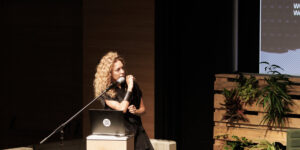
Spotlight by Giulia Foscari
Francesca Bria (IT) , Giulia Foscari (IT)
The architect, researcher, activist and S+T+ARTS Prize winner Giulia Foscari gives insight into her artistic work that moves in the field of tension between art, technology and science: Antarctic Resolution was conceived by Giulia Foscari / UNLESS to catalyse global attention to one of the world’s few Global Commons and create a constituency for the only continent without an indigenous population, with the ambition of contributing to the protection of the Antarctic, and in turn, of the human species.
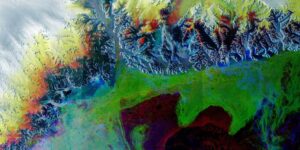
Fragility & Beauty – Earth from Space
Nils Sparwasser (DE), Robert Meisner (DE), Rupert Huber (AT)
Join us on a journey around the world with breathtaking satellite images of our planet. Robert Meisner (ESA) and Nils Sparwasser (DLR) show how beautiful, fragile and endangered our planet is and how we are changing the surface of the Earth at an unprecedented speed. Be fascinated by the possibilities of Earth observation satellites, which today permanently provide us with information about the state of our planet.
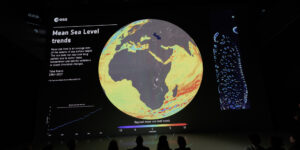
Taking the pulse of our planet from space
Simonetta Cheli (IT) , Robert Meisner (DE)
The view of the Earth from space is the only perspective that allows us to observe changes on our planet. To demonstrate the relevance and value of Earth observation in terms of environmental and socio-economic benefits, the journey takes us to current issues around climate change with a virtual presentation.

INVISIBLE SEAM
Siobhán McDonald (IE)
Siobhán McDonald examines the particles floating in the air and matter buried underground from past worlds. In an exploration of Arctic permafrost and plants preserved in this depository, the project traces histories of generations of underground systems.
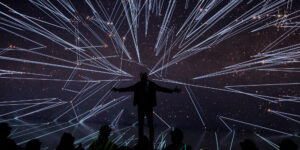
Superlative telescopes: In the desert and far behind the moon
Dr. Dietmar Hager — Stargazer Observatory (AT)
The well-known Hubble Space Telescope (HST) has reached its limits. Modern telescopes will have to work outside visible light to make new discoveries possible. The JWST (James Webb Space Telescope) is one of the successors. It will be supported by Earth-based telescopes, such as the Giant Magellan Telescope (GMT), which is currently being built in Chile. The talk reaches out from the HST to the JWST and the GMT and gives an idea of how new insights will revolutionize our understanding of space.
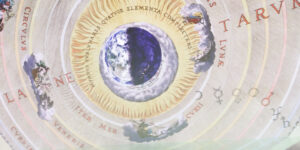
Searching for Planet B: How Astronomy Visualization and Remote Sensing Guide Us to Humanity’s Future
Dan Tell (US)
Thousands of years of increasingly precise measuring and modeling have revolutionized humanity’s understanding of the universe. We now know Earth is one of many planets, but it is uniquely habitable. The same research and techniques we use to understand these other worlds can help us understand what made Earth habitable in the first place and how we can restore and sustain this planet into the future.
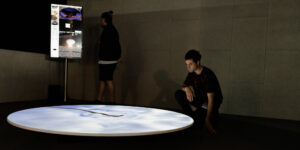
LIQUID SKY
Mauricio Lacrampette (CL), Santiago Valdivieso (CL), Diego Gajardo (CL), Lucas Margotta (CL)
Liquid Sky is a ritual in which the interaction between the live image of the Atacama sky, the Ars Electronica attendees in Linz and a series of machines, mechanical gestures and data flows are assembled in a rhizome of trans-local feedback. Distinction between observer and observed is blurred, giving rise to the possibility of a collective tele-contemplation, using the fluctuating image of the sky as a means of global encounter.

